At the end of every summer, I find myself in awe of nature once again. Why leaves change color is fascinating on many levels, not the least of which are the glorious colors that radiate from deciduous trees every year.
Coloring changing is gorgeous on its own, but at the same time, some cool biochemistry is happening beneath the surface. These three rock solid activities exploring why leaves change colors will leave kids hooked for life!
For more science fun, check out our 30 Science Experiments in our shop that will leave your little one full of wonder!

Why Do Leaves Change Color?
Science Experiment #1: The Black Marker Experiment
One of the easiest and quickest ways to show children the science behind why leaves change color is one of our all time favorites: the Black Marker Experiment. This experiment quickly exhibits chromatography. Black separates into a variety of pigments, some quicker than others depending on the molecules within that particular color.
All cool biochemistry aside, the best part is that the materials are already available to you in your home or classroom! I love activities that require zero cost.
Materials Needed
Before starting the experiment, gather a few supplies:
- Paper towel
- A black marker (not a permanent marker)
- Water
I like to use a spray bottle or dropper to make it a bit more interactive for the kids and to add a bit of fine motor work into the activity.
The Experiment
Have the children design their paper towels with the black marker. During this time, ask the children, “What is black? What do you think is going to happen when water touches the black?”
Have the children take a medicine dropper or a spray bottle or just use fingers to add water to the paper towel. The water will cause the pigments to reveal themselves at varying rates. Children are mesmerized by this process. Plus, you get a beautiful piece of art as a result.
Connect to Color Changing Leaves
After completing the experiment, ask, “What happens to many leaves as the seasons change from warm to cool temperatures?”
Experiment #2: Use Real Leaves to Simulate the Color Changing Process
Materials Needed
To prep for the experiment, grab:
- Leaves
- Small glasses or jars
- A tool to crush the leaves, like a fork
- Paper towel or coffee filter
- Rubbing alcohol
- Cling wrap of aluminum foil to cover the jar
- A bowl big enough to place the jar in
The Experiment
Have the children crush the leaves with a fork, pour rubbing alcohol over the leaves until covered, mix/mash up the leaves & the alcohol, cover the jar, place the jar in a bowl of hot water, leave for an hour, after the hour, place a strip of the paper towel into the jar, observe the liquid travel up the paper towel, the colors will appear over the next hour.
Experiment #3: Get Outside for Leaf Sequencing
This activity is a great one to get kids outside and moving their bodies. Simply challenge the children to gather many leaves of various colors over a period of ten minutes. Gather back together to examine the leaves.
Ask, “What is happening to this green and yellow leaf? Why is this leaf turning red? Why is this leaf still green?”
Then sequence the leaves by the stage of color change.
The Science Behind Leaves Changing Color
Leaf color comes from three pigments: chlorophyll (green), carotenoid (yellow, orange, brown), and anthocyanin (red).
The factors that affect leaf colors are pigments, amount of daylight, and weather. As the nights get longer, the leaves begin to change color. Less sunlight and cooler temperatures cause a biochemical reaction in the leaves.
As the length of night increases, chlorophyll (green) production slows down and eventually stops. As this happens, the other two pigments (already present in the leaf) begin to show themselves.
Further Leaf Learning
- This video is a great starter for a lesson: Why Leaves Change Color?
- Simply asking “Why do leaves change color?” opens a huge door for learning. Leaves change color for many reasons. Discuss how these variables impact the color of the leaves from one season and one year to the next. Talk about the length of the day and the weather, for example.
- Explore chromatography with process art such as this fun butterfly chromatography craft from Buggy and Buddy.
- Dive deeper into the three pigments found in leaves: Chlorophyll, Carotenoids, and Anthocyanins. Discuss which trees may contain more or less of these pigments.
- Ask, “What conditions would give us the most extraordinary color palette?” (sunny, crisp days seem to deliver the best array of vibrant colors)
More Super Cool Science
Grab our 30 Science Experiments in our shop and watch your little scientist grow!



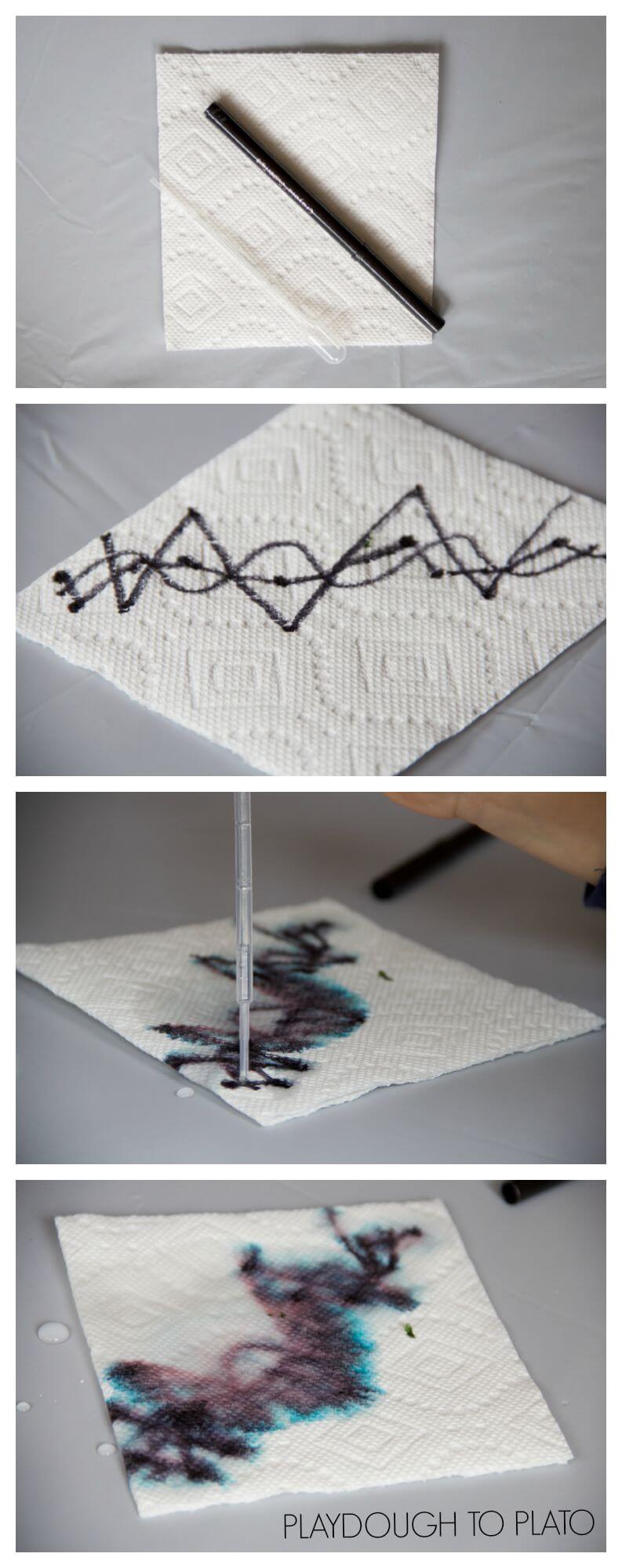
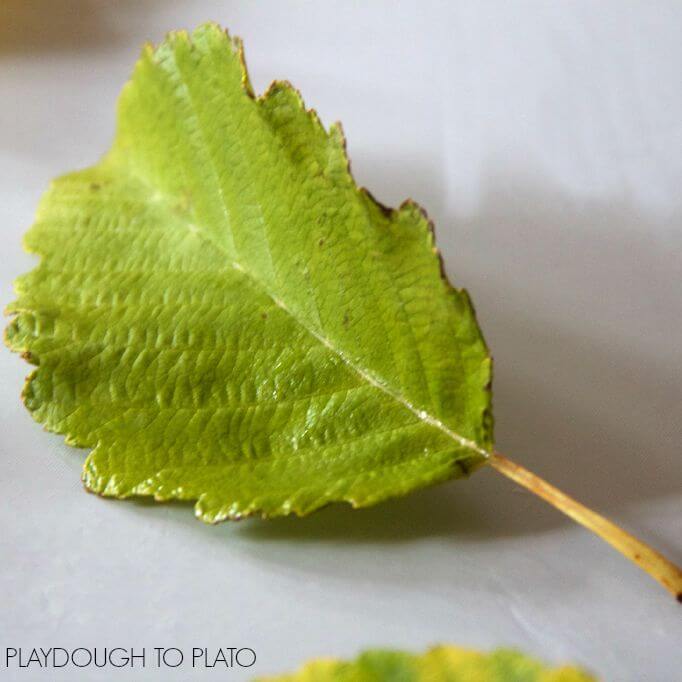
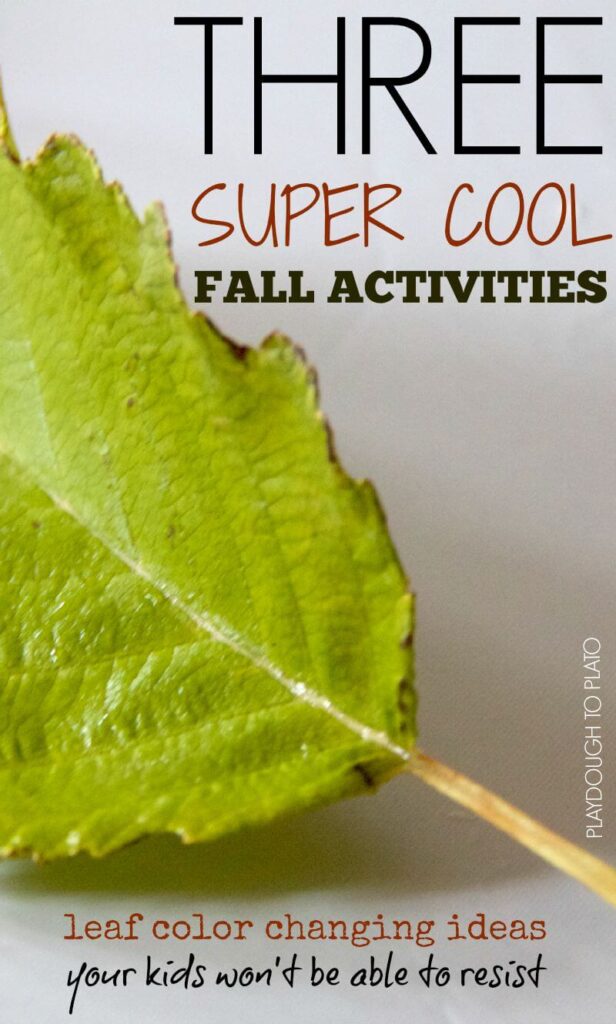
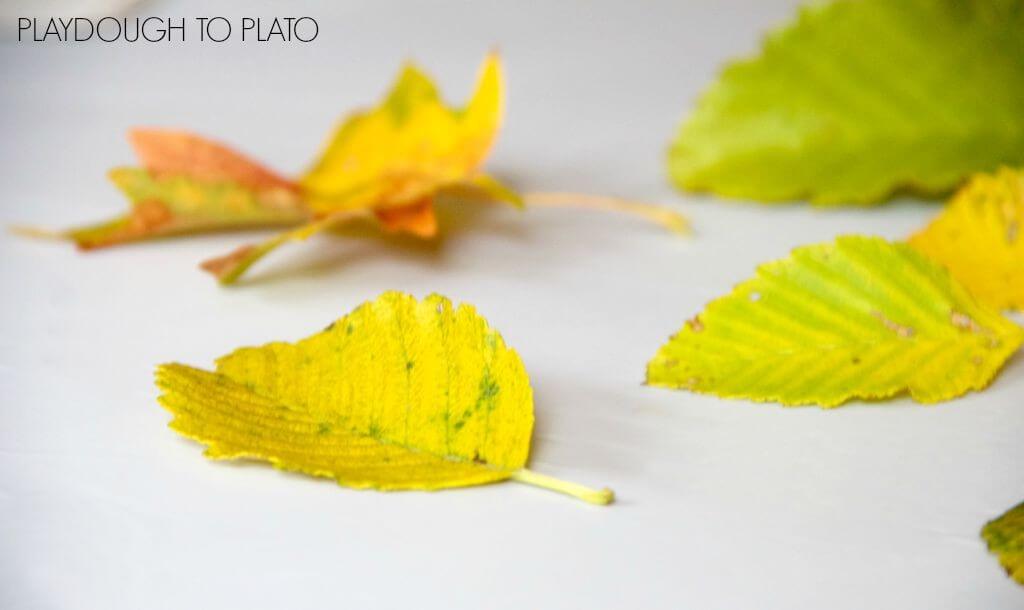
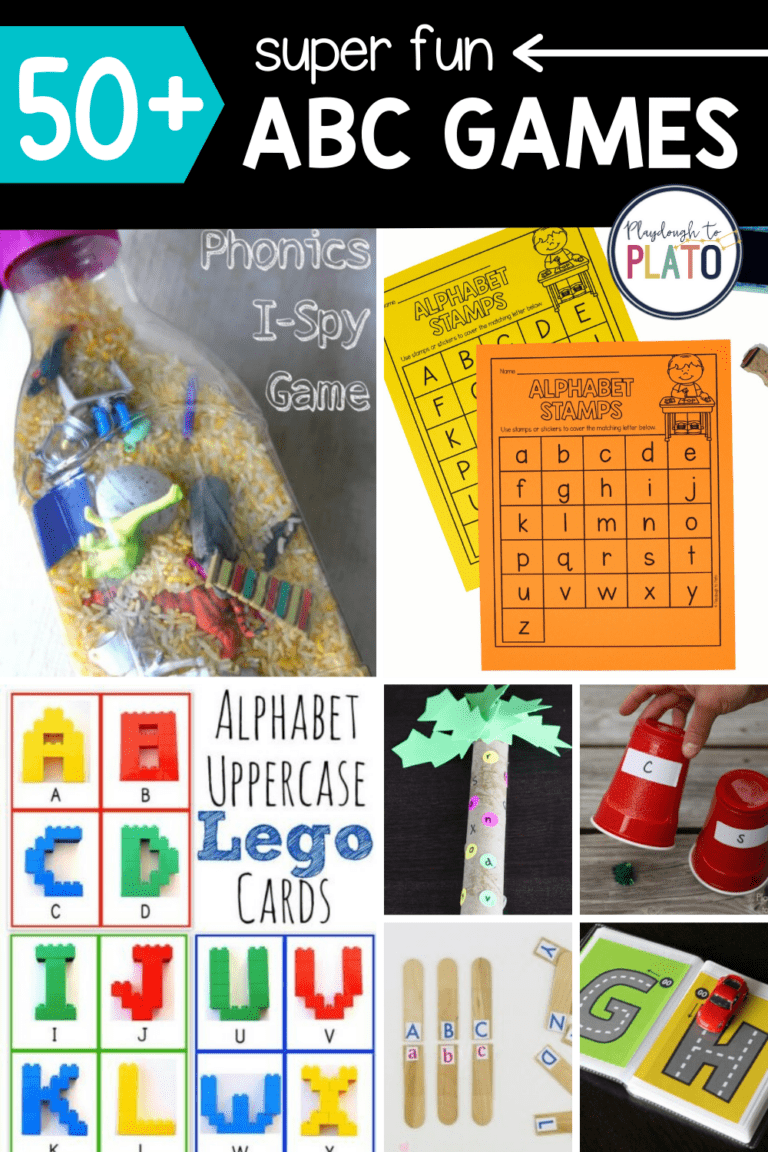

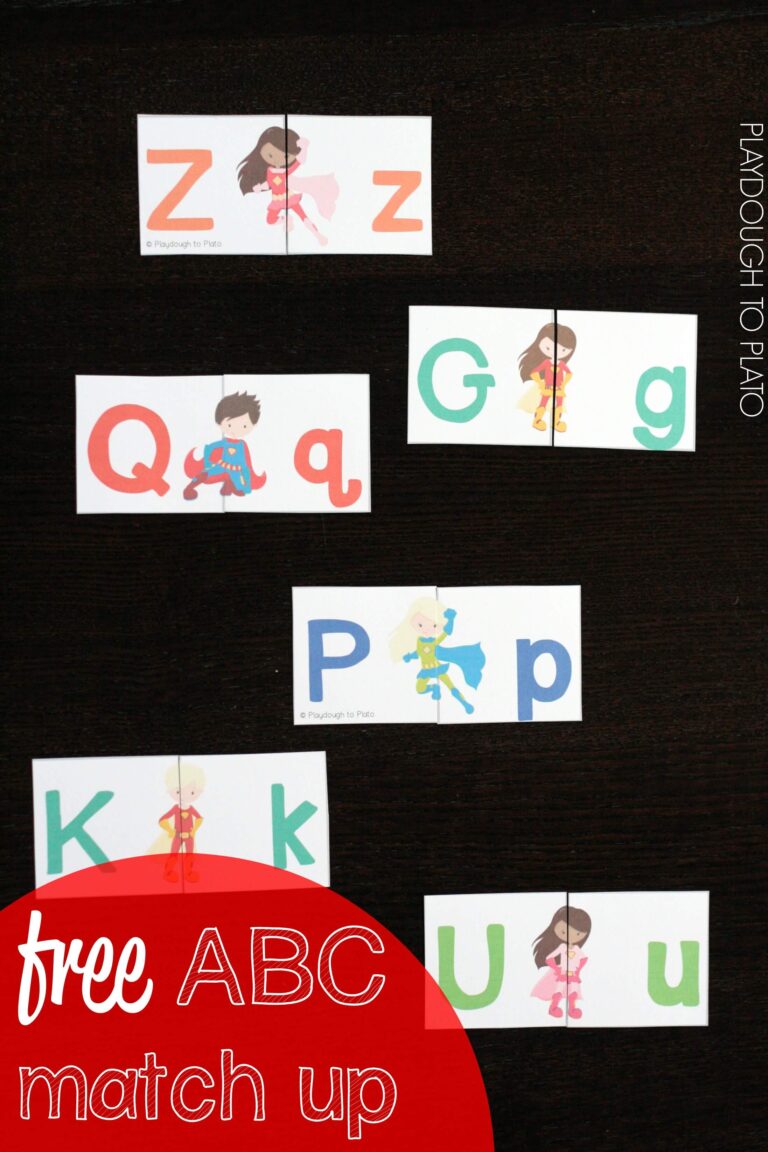
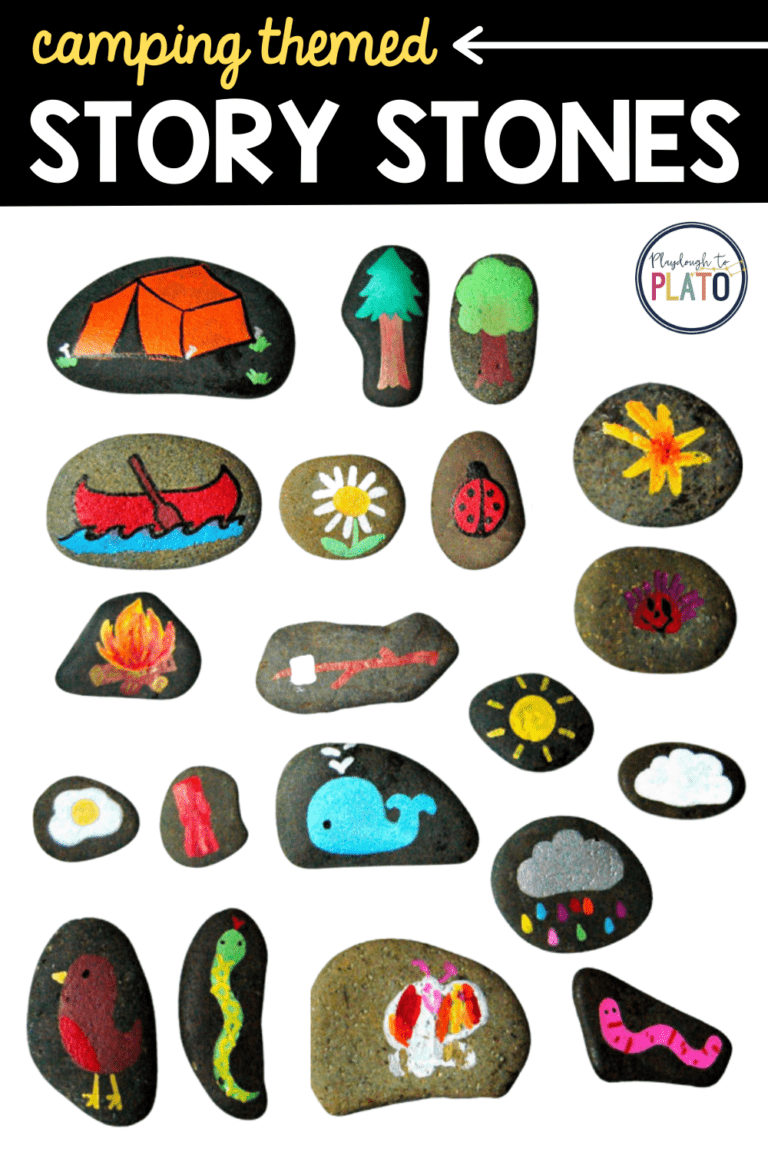
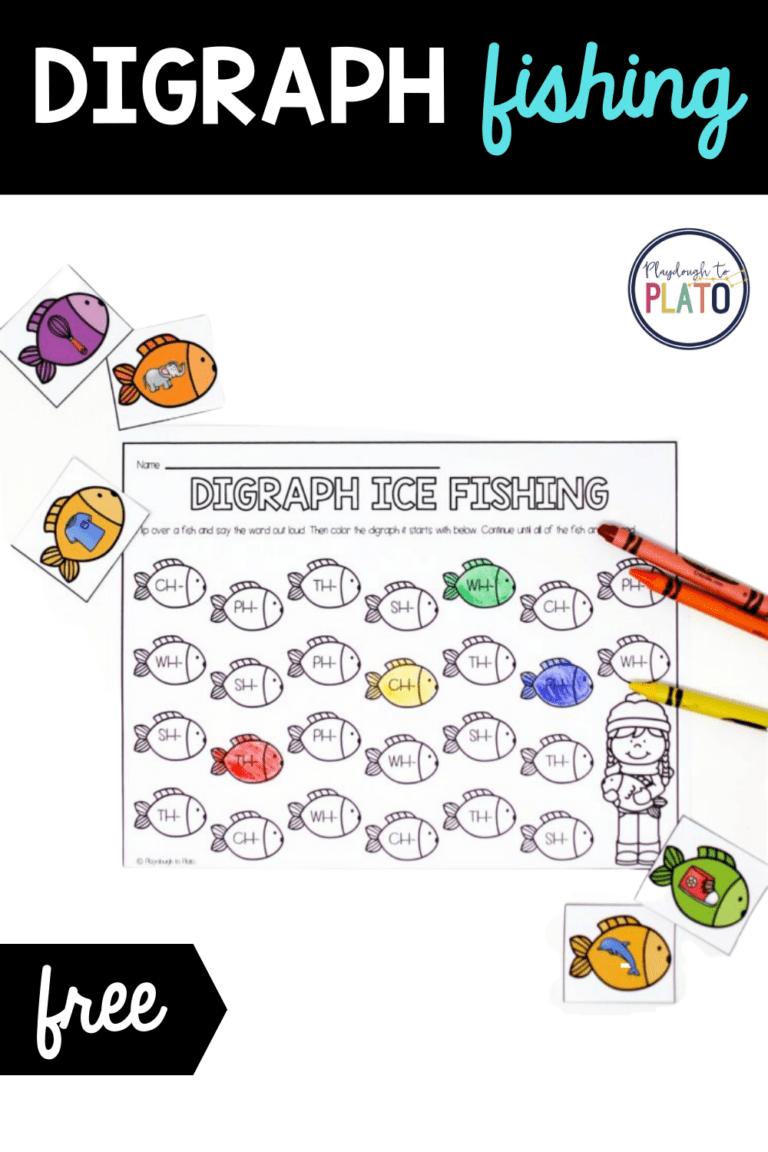
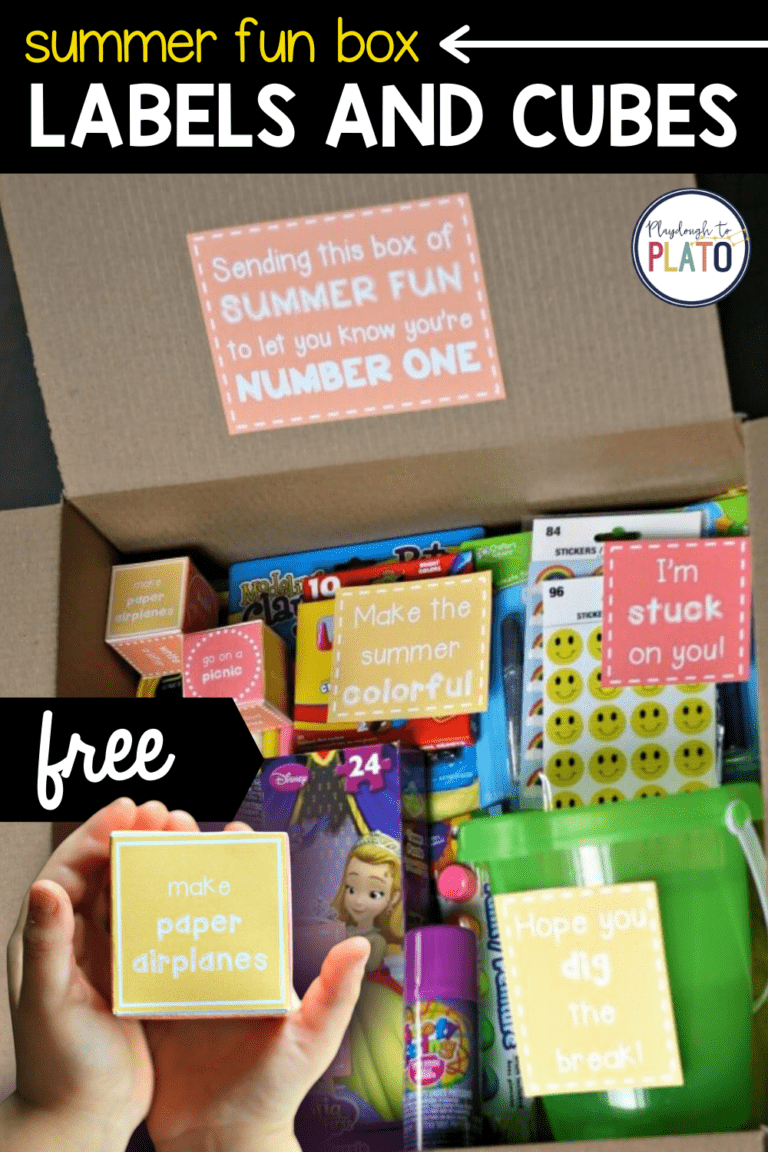
So Cool my son was really helped out by this post
That is wonderful!
Thank you so much for sharing!
Warmly,
Ashley // Happiness Ambassador
“Children are memorized…”. Nope, children are Mesmerized!
Also the amount of sunlight and cooler temps actually cause a little valve in the leaf stem to shut. This stops chlorophyll from reaching the leaves and so their original color becomes obvious. Also, photosynthesis does continue in some trees and plants during winter and early spring. It takes place in the bark of the trees! Amazing!
Great post.